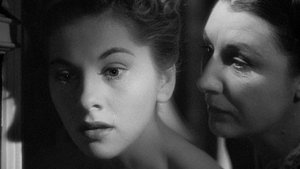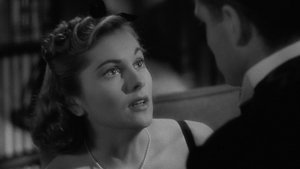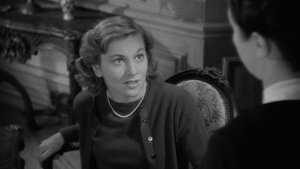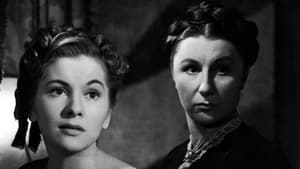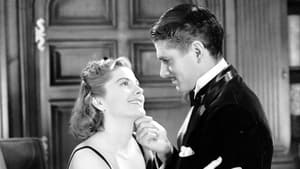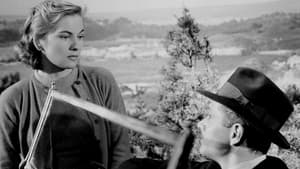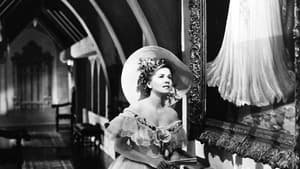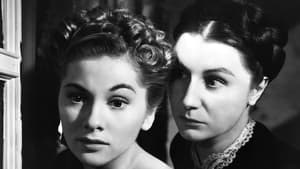Contact: [email protected]
Video Sources 0 Views
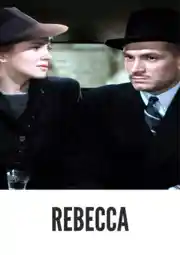
Synopsis
[ez-toc]




Introduction
In the vast tapestry of old movies, Alfred Hitchcock’s “Rebecca Colorized” stands as a timeless classic, a black-and-white masterpiece that has left an indelible mark on film history. Now, in a bold move, the film has undergone a transformation into the realm of color, breathing new life into the haunting tale. This article delves into the making of “Rebecca Colorized” (1940) Colorized, exploring the actors, the story, the reviews, and the intricate details of this cinematic endeavor.
Alfred Hitchcock’s directorial prowess, combined with the eerie narrative spun by Daphne du Maurier, brought forth a cinematic gem that has stood the test of time. The colorization of this iconic film has sparked both excitement and skepticism, raising questions about the preservation of old films and the artistic choices involved.
Read Media File Transfer Agreement: Terms and Conditions
Read FAQ
The Making of “Rebecca Colorized”
Daphne du Maurier’s gripping novel “Rebecca Colorized” served as the foundation for the film, and David O. Selznick, known for his role in producing “Gone with the Wind,” took the reins as the producer. The tale revolves around the enigmatic Maxim de Winter, played by Laurence Olivier, and the haunting presence of the deceased Rebecca that lingers over his new bride, portrayed by Joan Fontaine. Mrs. Danvers, the housekeeper, adds a layer of suspense and intrigue to the story.
The adaptation from page to screen was no small feat, with Hitchcock meticulously bringing du Maurier’s world to life. The atmospheric tension, the intricate characters, and the haunting Manderley estate became iconic elements of cinematic history.
Colorizing a Cinematic Masterpiece
The decision to colorize “Rebecca Colorized” wasn’t taken lightly. The colorization process employed advanced artificial intelligence technology to carefully add color to each frame. This innovative approach aimed not only to breathe life into the visuals but also to engage modern audiences who may find black-and-white films less accessible.
The colorization process, while met with some skepticism from purists, brings a newfound vibrancy to the film. The careful attention to detail in colorizing the costumes, the grandeur of Manderley, and the subtleties of the characters adds a layer of richness to the viewing experience.
Restoring and Preserving the Past
The preservation of classic films is a paramount concern for cinephiles and historians alike. Restoring old movies ensures that these cultural artifacts remain accessible for future generations. Colorization, when done with precision and respect for the source material, can be a powerful tool in breathing new life into these cinematic treasures.
“Rebecca Colorized” not only benefits from the colorization process but also from meticulous restoration techniques. The restoration work goes beyond color, preserving the clarity of the visuals and the integrity of Hitchcock’s original vision. The marriage of colorization and restoration emerges as a potent force in keeping the magic of classic films alive.
Analyzing the Success of the Colorized Version
Upon its release, the colorized version of “Rebecca Colorized” garnered mixed reviews. Critics praised the boldness of the colorization choice, with some noting that it added a layer of depth to the cinematography. The color palette accentuated the film’s gothic atmosphere, intensifying the emotions and accentuating the visual storytelling.
Cinematographically, the colorized version allowed for a fresh perspective on Hitchcock’s framing and composition. The interplay of light and shadow took on new dimensions, adding layers of complexity to the already intricate narrative. The performances of Fontaine and Olivier shone through, their expressions and nuances more vivid than ever.
The Sinister Mrs. Danvers in Vivid Detail
A character that has etched itself into the annals of cinematic history is Mrs. Danvers, portrayed with eerie brilliance by Judith Anderson. In the colorized version, Mrs. Danvers takes on a sinister allure that transcends the black-and-white confines of the original. The psychological impact she inflicts on the characters becomes even more palpable, heightening the suspense and intrigue.
The colorization of Mrs. Danvers’ costumes and the haunting aura of Manderley amplifies her enigmatic nature. Every glance, every gesture, is captured in vivid detail, allowing audiences to delve deeper into the psychology of this unforgettable character.
Revitalizing a Classic: A Review of “Rebecca Colorized”
Joan Fontaine’s delicate portrayal of the unnamed protagonist and Laurence Olivier’s brooding Maxim de Winter receive renewed attention in the colorized version. Fontaine’s nuanced expressions and Olivier’s commanding presence are accentuated by the vibrant hues, adding a layer of emotional complexity to their characters.
The colorization enhances the film’s visual appeal, inviting a new generation of viewers to experience the magic of “Rebecca.” While purists may debate the necessity of tampering with a classic, the colorized version offers a fresh perspective without diminishing the impact of Hitchcock’s original vision.
In a sea of skepticism, “Rebecca Colorized” manages to strike a delicate balance, paying homage to the original while offering a contemporary viewing experience. The film’s pacing, suspenseful narrative, and the chemistry between Fontaine and Olivier remain as captivating as ever.
The Timeless Appeal of a Colorized Masterwork
In the hands of director Franz, the colorized “Rebecca Colorized” becomes a testament to the enduring power of classic films. The transformation is not a mere gimmick but a thoughtful restoration of a cinematic masterpiece. The colorization serves as a bridge between the past and present, inviting new audiences to appreciate the artistry of Hitchcock while preserving the legacy of “Rebecca.”
In conclusion, “Rebecca” Colorized is more than a bold experiment; it is a celebration of the timeless appeal of classic cinema. The meticulous colorization and restoration work breathe new life into Hitchcock’s masterpiece, inviting both old and new audiences to experience the allure of Manderley and the haunting secrets it holds. As we traverse the ever-evolving landscape of cinema, “Rebecca” Colorized stands as a beacon, proving that even the classics can find new ways to captivate the hearts of viewers, transcending the constraints of time.
